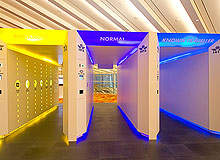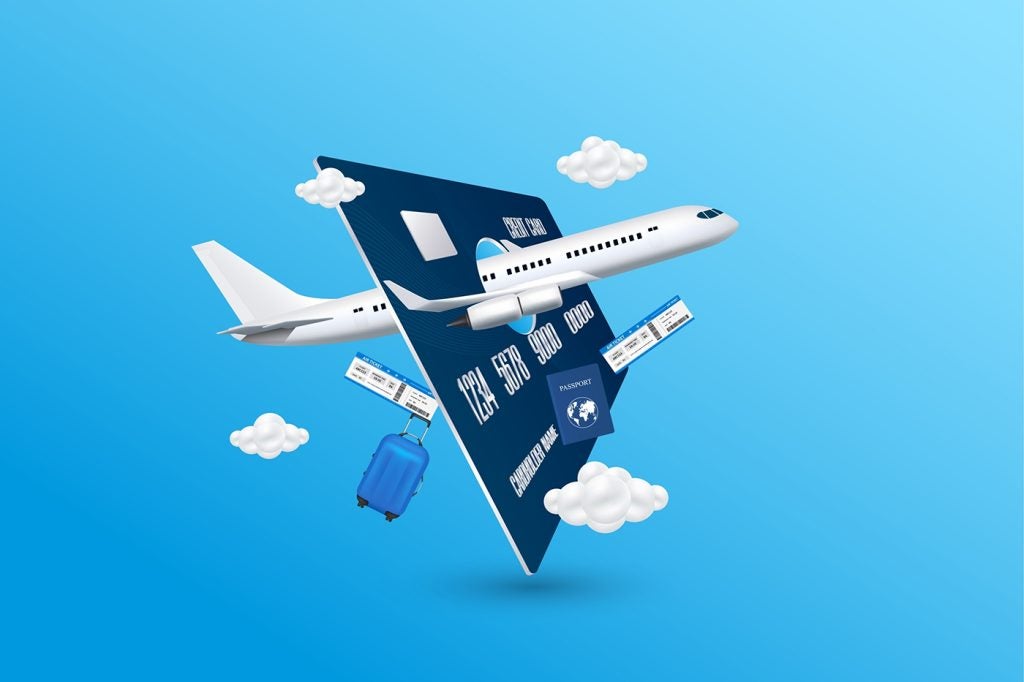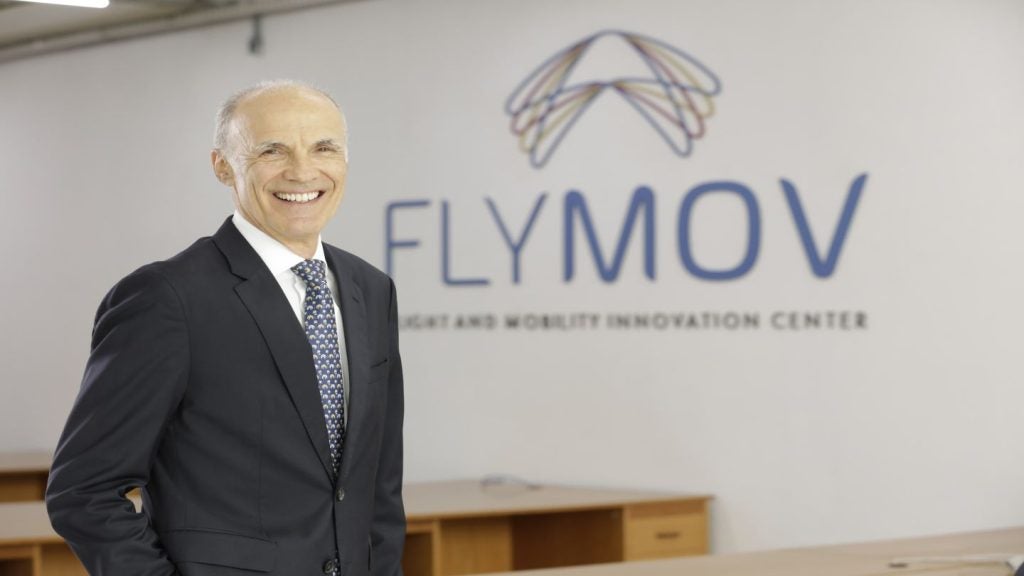
Lengthy queues, security delays and intrusive searches have become an established part of the routine for the modern air traveller, as increasingly complex procedures become common place in response to new and evolving security threats.
The resulting system is undeniably more secure, but with passenger numbers having rocketed over the same period, it now seems increasingly slow and inconvenient.
However, with the International Air Transport Association (IATA) revealing plans for a radically new ‘checkpoint of the future’ at its recent AGM in Singapore, the whole screening process appears to be getting a major rethink – and it looks set to change the way we fly forever.
As Ken Dunlap, IATA’s security and travel facilitation Director, explained, the goal is a “better passenger travel experience, where we anticipate that our travellers will have a non-stop journey from the kerb of the airport to the door of the airplane.”
Achieving this will come down to the effective combination of state of the art biometric and sensor technologies with intelligence-led, risk-based measures which will at last allow airport security to say a final goodbye to what IATA calls the ‘one-size fits all concept,’ without compromising safety.
See Also:
A new approach to tackling risks
The new approach is designed to strengthen security, while simultaneously reducing queues and avoiding many of the unnecessary searches of both people and possessions.
How well do you really know your competitors?
Access the most comprehensive Company Profiles on the market, powered by GlobalData. Save hours of research. Gain competitive edge.

Thank you!
Your download email will arrive shortly
Not ready to buy yet? Download a free sample
We are confident about the unique quality of our Company Profiles. However, we want you to make the most beneficial decision for your business, so we offer a free sample that you can download by submitting the below form
By GlobalData“People we know a little about are treated the same as people we know a lot about, and the security lines bog down and they slow down, so what we’re asking for is a revolution to create a tailored screening process,” Dunlop says.
Making this possible hinges on three core concepts; firstly focussing resources on the highest risks, secondly integrating passenger information within the checkpoint process, and thirdly maximising the throughput of travellers categorised as low risk. Passengers arriving at a future checkpoint will identify themselves by means of an initial scan of their machine-readable, biometric passport, the system then directing them to one of three possible security lanes – ‘known traveller’, ‘normal’ or ‘enhanced security’.
Each of the lanes will be equipped with risk-appropriate scanning technology, enabling the traveller to be thoroughly checked without the need to remove articles of clothing or unpack bags.
The result will be that most people – those who would fall into the ‘normal’ or ‘known traveller’ brackets – should enjoy expedited clearance, while those about whom little information was known, who were deemed an elevated risk, or who have been randomly selected, would undergo a higher level of screening.
According to Dunlop, IATA believes all of the necessary component technologies will be in place within five to seven years and currently a total of 19 governments are working to define the necessary standards for them, through the International Civil Aviation Organization.
Never-the-less, walk-through body scanners, liquid sensors, explosive sniffers and the like provide only one part of the solution. The checkpoint of the future also calls for reliable biometrics and robust pre-screening systems for passenger differentiation based on risk assessment and behavioural analysis – and some of that is here already.
Biometric recognition technology advances
Iris recognition, for example, is an established biometric method to provide highly reliable identification of an individual in real-time, based on the mathematical analysis of the unique and complex patterns that exist in the irides of that person’s eyes.
These features are laid down during early development and, crucially, remain very stable throughout life, which means that barring serious trauma damage to the eye, a single digitised template can remain good for a given individual’s lifetime, and thus potentially only requires a one-off enrolment.
The scanning technology itself, which combines computer imaging, statistical inference and a set of recognition algorithms first developed by John Daugman at Cambridge University, analyses more than 200 sample points, comparing them with the previously recorded image – and it is also largely unaffected by glasses or contact lenses.
It all makes for a powerful and unambiguous identification tool, which is said to be at least as accurate as single finger print matching, and operates with confidence levels high enough to enable swift, reliable and exhaustive searches to be made through national databases.
Despite this, the current technology has limitations, which may sometimes prove problematic. In common with most forms of biometric identification, live-tissue verification – ensuring that the system is presented with a living body part and not, for instance, fooled by a high-resolution image – can be difficult, especially for unsupervised applications.
The latest versions address this issue by a variety of means, such as changing illumination to provoke a pupillary reflex, or testing for the characteristic ‘red-eye’ of retinal retro-reflection, and there always remains the simple expedient of ensuring a human operator is on hand to observe what is going on.
As a result, in a number of immigration applications around the world, including airports in Canada, the Netherlands, UK, US and the United Arab Emirates, iris scanning has already proven its worth as a means of speeding the entry of millions of pre-approved, low-risk passengers. It is not hard to see how it could help expedite their exit too.
The ‘trusted traveller’
The key to achieving that, however, obviously lies in effective pre-flight checks, with the emphasis being, as Dunlop made clear in his presentation to IATA delegates in June, on “looking for ‘bad’ people, not just ‘bad’ objects.”
While behavioural analysts, and perhaps one day even intelligent CCTV, can provide a last line of defence to weed out suspicious-looking passengers at the airport itself, the real job of finding these ‘bad’ people falls to the state and will have taken place long before they are walking towards the check-in.
Today’s ‘trusted traveller’ immigration schemes – such as the US Global Entry or the US / Canadian NEXUS programmes – give an insight into how this might work, particularly in respect of IATA’s proposed ‘known traveller’ category, who would then be subject to less stringent security on-site.
Typically this would involve voluntary registration in the scheme, and trigger a thorough background check, probably involving multi-agencies and an investigation through international criminal databases.
Applicants who pass this initial stage would then be subject to an in-person interview, and finally have their biometric data – fingerprints, facial photograph or iris scan – captured, digitised and registered in the appropriate system.
Having undergone this extensive series of checks up-front, and being officially declared low-risk, would excuse such passengers from some of the screening procedures used in the ‘normal’ lane, through which most of the travelling public would be directed.
More importantly, it also allows airport security to focus its resources on those who appear, for one reason or another, to present a higher potential risk.
It is often said nothing is 100 percent secure, but Giovanni Bisignani – now IATA’s Director General Emeritus – believes this revolutionary combination of technology and intelligence will make the experience significantly better for the vast majority of passengers and much more effective for security. Small wonder, then, that he has described it as “a win / win situation”.






